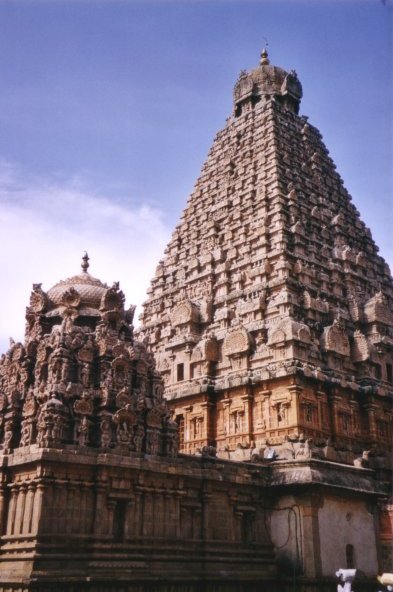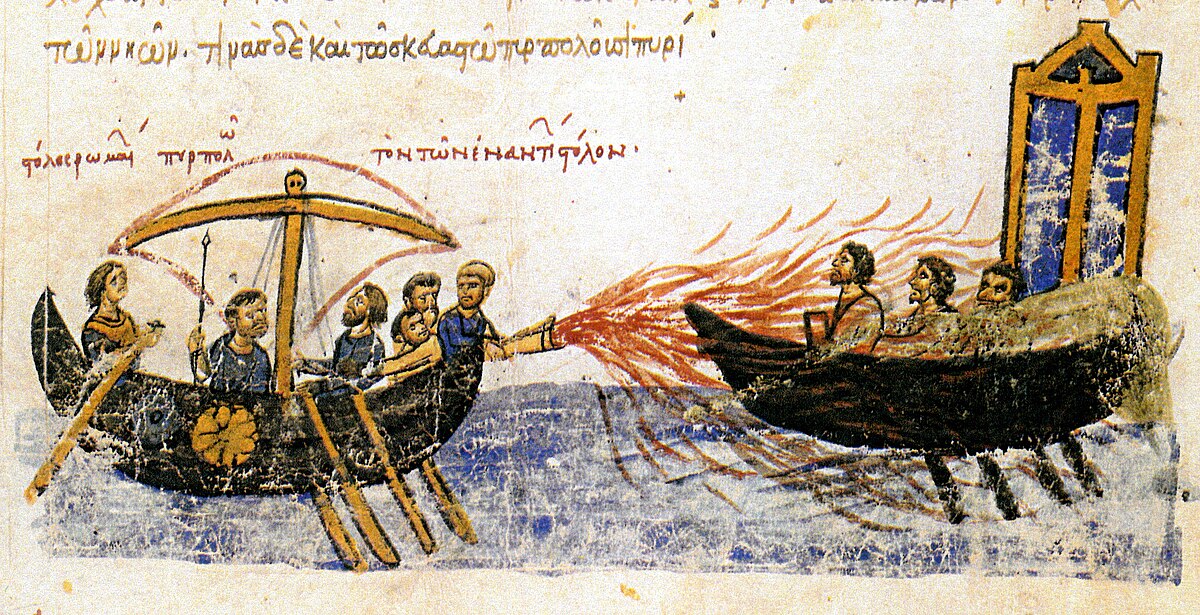Table of Contents
Summary
Southern India’s ancient history is quite interesting but literally unknown and deserves a closer look.
This post provides an informative look into the history and cultural legacy of the Chola Empire, highlighting its lasting impact on South India and Southeast Asia.
It delves into the Cholas’ impressive military and economic power, which allowed them to expand their influence beyond South India and establish a vast maritime trade network throughout Southeast Asia.
The Cholas
The Cholas were a dynasty with a medieval empire from the southern part of India that dominated their contemporaries in India and Southeast Asia and established extensive intercontinental trade networks.
The Chola dynasty was established in the Kaveri River Delta around 300 BCE, and the empire was reliant on the sea for its wealth from the beginning.
Governance and Administration
The Cholas underwent a Golden Age in the medieval era, with Tamil arts, culture, and language flourishing. Their government administration was centralized and improved, and the Cholas kept copious records from administrative reports to legal disputes to internal reviews of official misconduct. The Cholas also introduced elected councils, whose officials were subject to regular auditing, undercutting the role of local feudatories, consolidating Chola power, and creating the infrastructure necessary to maintain a large, well-run empire.

Raja Raja Chola
Raja Raja Chola I was the third ruler of the Chola dynasty, which ruled over a significant part of southern India from the 9th to the 13th century. He reigned from 985 to 1014 CE and is considered one of the greatest monarchs in Indian history.
During his reign, Raja Raja Chola expanded the Chola Empire’s boundaries and brought many new territories under his rule. He is credited with building a powerful navy and creating a strong standing army, which allowed him to conquer and control territories beyond the southern region of India.
Raja Raja Chola was a patron of the arts and culture, and his reign saw a flourishing of Tamil literature, architecture, and temple construction. He commissioned the construction of the famous Brihadeeswarar Temple in Thanjavur, which is a UNESCO World Heritage Site and an iconic symbol of Chola architecture.
Additionally, Raja Raja Chola is known for his administrative reforms, including improvements to irrigation systems, trade and commerce, and the establishment of a strong and efficient bureaucracy. His reign was marked by stability, prosperity, and cultural achievements, making him a revered figure in Tamil history and culture.
Rajendra Chola

It was Rajendra Chola I, who put the Cholas on the world stage as Crown Prince. Rajendra led campaigns against neighboring rivals under the command of his father Raja Raja Chola, and together they extended the boundaries of the empire over much of South India and Sri Lanka, defeating their enemies in 14 deep political and familial alliances with the developers of Bengi.
By the time Rajendra Chola I ascended to the throne in 1014 CE, he had inherited an empire on the precipice of historical greatness.

Campaigns in Southern India
Rajendra was a busy man, using his navy to blockade and subdue rebellious lords along the Malabar Coast, carving out territories belonging to the western Chalukyas, supporting his nephew’s succession claims in Telugu country, finishing his father’s conquest of Sri Lanka, occupying the Maldives, and establishing Chola dominance over the Andaman Islands, thus securing a forward base into Southeast Asia. He also installed his sons as regional viceroys to further entrench central control over these dominions.
What’s a Thalassocracy?
The term thalassocracy can also simply refer to naval supremacy, in either military or commercial sense.
Campaigns in Northern ndia
In 1023 CE, Rajendra decided to raid northern India. He marched with his armies to the northeast all the way up to the banks of the river Ganges. On the way, he defeated the forces of Kalinga, and with the path clear to Bengal, he descended upon the Pala Kingdom and defeated them too.
Rajendra was so pleased with himself that he filled up large tanks with water from the river Ganges and transported them all the way back to the Chola heartland to commemorate the victory.
He constructed a formidable temple at the center of a new capital city, Gangaikondacholapuram, meaning conqueror of the Ganges, and blessed it with his pillaged holy water.
The Maritime Silk Road
The Cholas’ control over the maritime Silk Road was invaluable, and their military and administrative dominance gave them the ability to position their economic machinery more favorably in the global markets. The Chola military offensives were part of the strategy to suppress rivals that might otherwise compromise their supremacy over the maritime Silk Road trade. It is hardly a coincidence that nearly a half-century of conflict led to Chola domination over Southeast Asian trade networks.
Conquests in South East Asia
The Chola Dynasty was one of the most dominant powers in South India during the medieval period. Their influence extended beyond their mainland borders and reached the Southeast Asian region. The Cholas were renowned for their naval power, and they had established their dominance over the maritime Silk Road trade routes.
However, in the early 11th century, a powerful kingdom called Srivijaya emerged in the Malay Archipelago. This kingdom started interfering with Chola interests by disrupting their trade and engaging in piracy.

This caused competition between the Cholas and Srivijaya for control over the central region of the maritime Silk Road.
To counter this threat, the Cholas decided to launch a naval campaign against Srivijaya . This campaign involved three major Southeast Asian players: Srivijaya , Tambralinga, a Malay Kingdom based in what is now southern Thailand, and Angkor, an ambitious Peninsular Kingdom based out of what is now Cambodia.
The Cholas were allied with Angkor, while Srivijaya was allied with Tambralinga. Religion may have played a role in this diplomatic arrangement, as Tambralinga and Srivijaya were Buddhist kingdoms, while Angkor and the Chola Empire were Hindu Shaivite.
The Cholas were well-prepared for the war, having imported the talents of Chinese shipbuilders to work on research and development for their navy.
They had implemented critical naval technologies, including watertight hull innovations that allowed their fleet to traverse rougher seas, a Mariners compass, and further advancements in a flamethrower weapon, not unlike the legendary Greek fire utilized by the Byzantine fleets.

When the war began, Srivijaya was the main target of the Chola navy. Rajendra Chola, the leader of the Cholas, split his fleet into two groups – the main invasion fleet and an auxiliary force. The auxiliary force was sent to the entrance of the Straits of Malacca, where the Srivijaya fleet was waiting, positioned to take on what they assumed would be the bulk of the Chola fleet.

However, the Cholas had a surprise in store for Srivijaya. They sent their main invasion fleet south of Sumatra, positioned behind the island, and used the element of surprise to circle around the island and attack the southern capital of Palembang. The Cholas successfully sacked the city and defeated the Srivijaya fleet in the Straits of Malacca, which led to their dominance over the central region of the maritime Silk Road.
The aftermath of the campaigns
In the aftermath of the war, the Cholas established a colony in Sumatra, which became an important center for trade and culture. The Cholas also expanded their influence over the other Southeast Asian kingdoms, such as Kambuja (present-day Cambodia) and Champa (present-day Vietnam), through political alliances and marriage ties.
The Chola Empire continued to flourish until the end of the 13th century, when it began to decline due to external invasions and internal conflicts. However, the legacy of the Cholas lives on through their remarkable achievements in art, literature, architecture, and technology.
The Cholas left behind an impressive body of literature in the Tamil language, including epic poems such as the Silappatikaram and the Manimekalai, which are considered among the finest works of classical Tamil literature. They also built magnificent temples, such as the Brihadeeswara Temple in Thanjavur, which is a UNESCO World Heritage Site.




.JPG/1200px-GangaiKonda_Cholapuram(Front_View).JPG)